Winter Is Here: How To Lower Your Energy Bill

Winter is here and it's time to start thinking about how to reduce energy bills. Especially considering that most of us will be spending even more time indoors due to the pandemic.
Also: 9 Costco Brand Items That Aren't Worth the Money
Learn: If Your Credit Score Is Under 740, Make These 4 Moves Now
Don't worry: You don't need to change your whole lifestyle to see significant improvement -- a few small adjustments can help both the environment and your bank balance. When the cold weather comes, use these 10 tips to help slash your bills.

Bundle Up
You can save up to 10% on your heating and cooling bills by setting your thermostat back a few degrees (7-10) for eight hours a day, according to the U.S. Department of Energy.
Set your thermostats to 68 degrees during the day and a little lower when you're asleep and even lower when you're away from home for extended periods and you'll find a noticeable difference on your next statement.
Dress in layers and use heavier blankets in the winter to stay warm indoors.
Take Our Poll: Do You Think Student Loan Debt Should Be Forgiven?
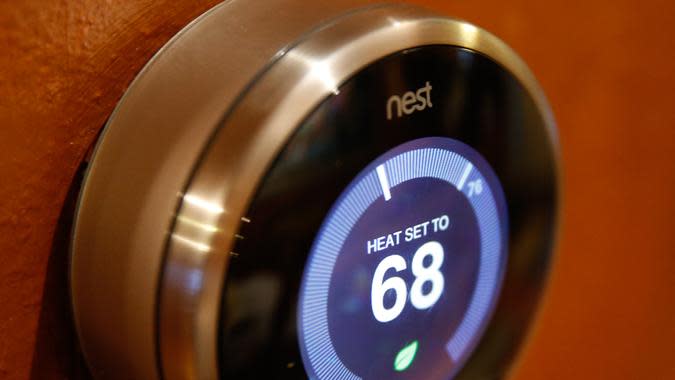
Update Your Thermostat
Smart home systems can adjust the thermostat for you -- and cut your energy cost considerably.
"According to Energy Star, a programmable thermostat can save households up to $180 per year in heating and cooling costs," said Kendal Perez, a former savings expert with Coupon Sherpa who also operates the site Hassle-Free Savings. The Nest Learning Thermostat, for example, automatically adjusts the temperature after users set it manually for the first few days to establish usage patterns and preferences.
Two independent studies analyzing energy bills before and after homeowners installed Nest's thermostat showed that it cut cooling costs by 15% and reduced heating usage by 10%- 12%, according to the company. Consumers had an average savings of $131 to $145 a year.
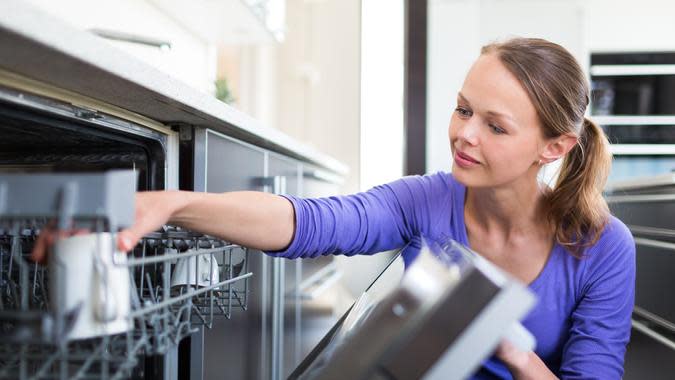
Upgrade Kitchen Appliances
About 20% of your electric bill comes from running appliances, according to the popular home improvement and remodeling show, "This Old House." Opting for Energy Star-qualified dishwashers, washing machines and refrigerators can dramatically reduce that percentage.
Energy Star refrigerators are great for energy conservation -- they about 9% more energy efficient than others that meet the federal minimum energy efficiency standard. And Energy Star washers use 20% less energy and 30% less water than regular washers.
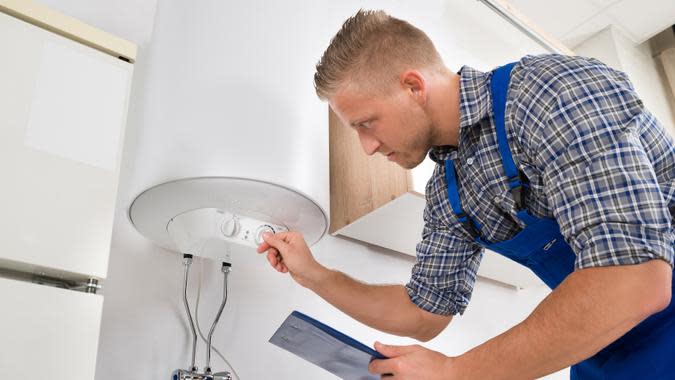
Get a New Water Heater
Because water heating costs account for 18% of your utility bills, switching out your water heater can drastically cut energy bills, according to "This Old House." Consider gas and solar options, many of which are tankless to maximize efficiency.
"Traditional water heaters maintain a full tank of warm water, which requires constant energy to keep warm," said Than Merrill, founder and CEO of the real estate investment education company FortuneBuilders.
"Tankless water heaters, on the other hand, only heat water on demand. That way, you don't have the extra energy consumption occurring when hot water is not being used."
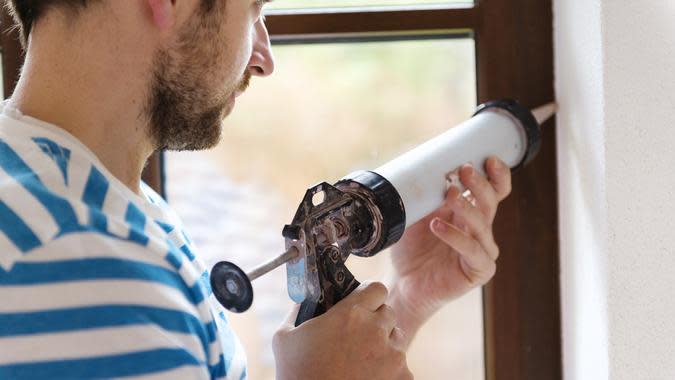
Decimate Drafts
You can keep out the cold by insulating windows with clear plastic sheeting and installing insulated window coverings, according to the U.S. Department of Energy. Detect drafts around chimneys, in unfinished spaces behind cabinets and closets and other areas -- and seal them. Additionally, lose your fireplace's damper when it's not in use, and apply weatherstripping or caulk around drafty doors and windows.
"One of the best ways to lower your winter energy bills is to reseal your home," said Ryyan Murphy, owner of Irish Heating and Air in Tracy, Calif.
"The average homeowner should be able to weatherstrip their windows and caulk their air leaks in only a few hours, with very low material costs, and see an immediate savings. If you're looking for a change that provides real returns and doesn't require any change in lifestyle -- like turning your water heater down -- this is the solution for you."

Schedule Home Maintenance Tasks
At the beginning of the year, take care of many routine home maintenance tasks, like changing the batteries in smoke and carbon monoxide detectors, vacuuming the refrigerator coils and checking its seals, and changing refrigerator water filters and furnace air filters, said Shane Kenny, founder of the subscription air filter company FilterSnap.
"Keep your HVAC, home and yourself happy this year and change your filter every three months, at least," Kenny said.
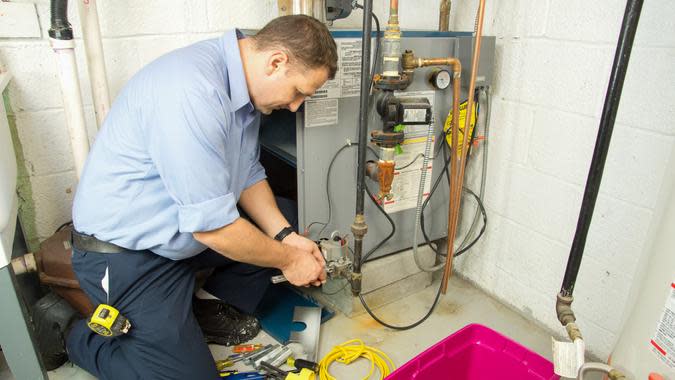
Schedule a Furnace Physical
Arrange for an HVAC professional to give your furnace a once-over before the cold truly kicks in. Spend a little now to possibly save a lot later.
"Have your furnace inspected before you need to run it daily," said Murphy. "For under $100 in most markets, you can get your system examined by a professional who can spot air duct leaks, intake blockages, mechanical failings, electronic failings and more. A pre-season tune-up can also help prevent breakages during periods that require emergency repairs, when service calls can cost considerably more."
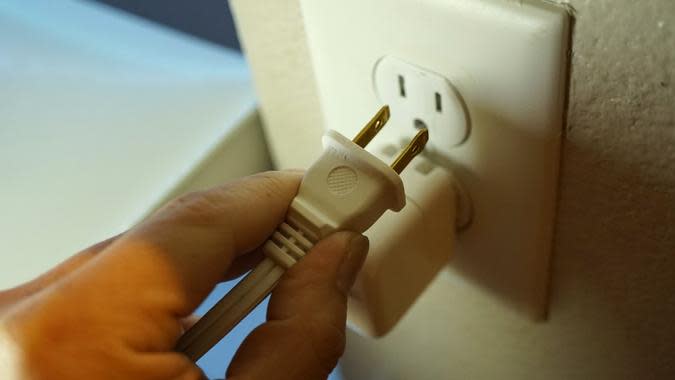
Turn Off Electronics and Small Appliances
Get a lower energy bill by turning off and unplugging unused electronics and small appliances. Idle gadgets consume enough energy to power 12 powerplants for a year, according to the EPA.
"Some of the biggest energy suckers are set-top boxes, video game consoles, microwave ovens and battery chargers," said Rob Caiello, director business development and marketing for Red Ventures. "A good tip is to wire energy-hogging appliances to the same power strip, making it easier to cut them all off at once with a simple flip of a switch."
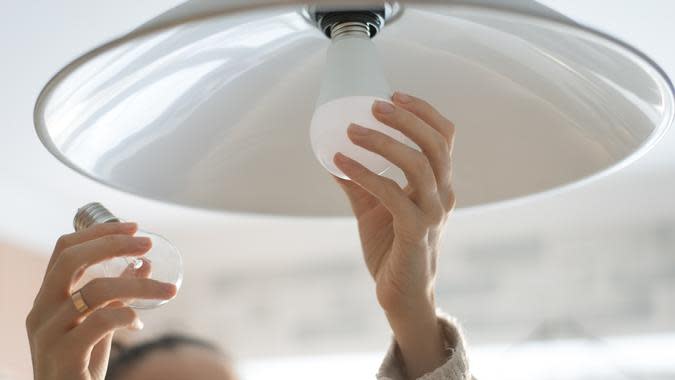
Opt for LEDs
Residential LEDs -- especially Energy Star-rated products -- use at least 75% less energy and last 25 times longer than incandescent lighting, according to the U.S. Department of Energy. And savings-savvy homeowners can even upgrade their holiday lights. "LED string lights consume much less energy than standard lights, and switching to LED lights can produce serious savings if you tend to keep your lights plugged in for hours at a time," said Caiello.
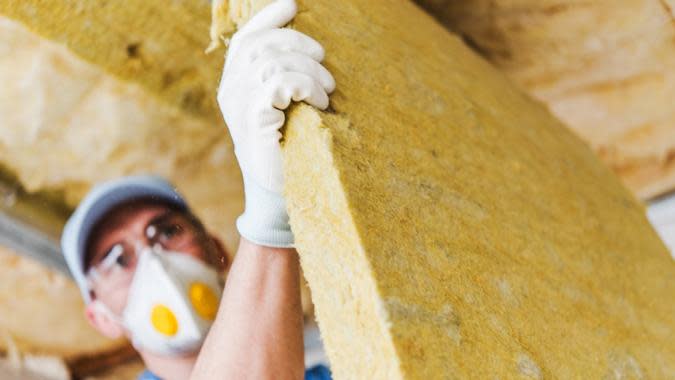
Insulate
One major way to reduce your heating -- and cooling -- bills is to make sure your place is properly insulated, according to the U.S. Department of Energy. If you have an older home, it likely could use an insulation upgrade. A job best done by professionals to avoid air quality issues, properly insulating your home is a great way to lower your energy bill.
More From GOBankingRates
Barri Segal contributed to the reporting for this article.
Photo disclaimer: Photos are for illustrative purposes only. As a result, some might be representational and not reflect the specific companies and products listed in this article
This article originally appeared on GOBankingRates.com: Winter Is Here: How To Lower Your Energy Bill
